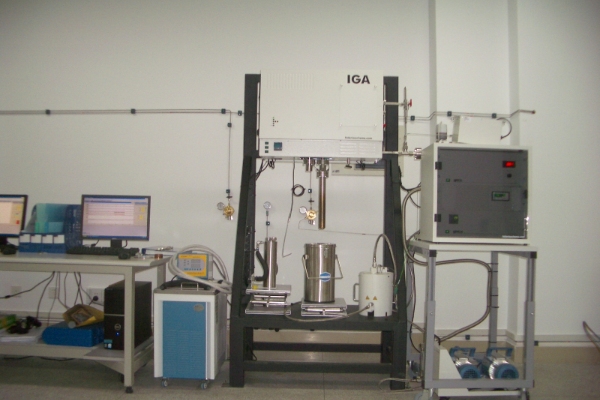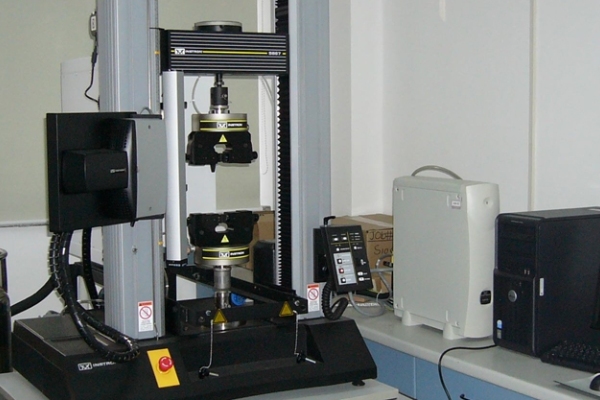Flaring is a common experimental method used to evaluate the mechanical properties of materials. In materials research and engineering design, understanding the flaring properties of materials is essential to ensure product quality and safety. In this paper, we will discuss the significance of the flaring test, the test method and its importance in practical applications.
Significance of flaring test
The flaring test measures the ability of a material to deform under load by applying a force. It provides critical data for assessing the strength, toughness and reliability of materials. The flare test can be used for basic studies of material properties and can also be applied to engineering design and quality control aspects. Through flaring experiments, we can understand the behavior of materials under force, predict their reliability in practical applications, and provide a basis for product design and improvement.

Test methods for flaring test
The primary test methods for flaring experiments are shear flaring and tensile flaring. Shear flaring evaluates the shear strength and ductility of a material by applying a transverse shear force to the material. Tensile flaring evaluates the tensile strength and ductility of a material by applying a longitudinal tensile force. For flaring experiments, we need to use a specialized flaring apparatus such as a flaring tester. A flaring tester is capable of applying a precise force, measuring the deformation of the material after the force is applied, and recording the relevant data. These data include: maximum load, breaking strength, breaking extension, and stress-strain curves. These data are critical for evaluating the mechanical properties of the material.
Importance of Flaring Experiments in Practical Applications
Flaring experiment has a wide range of applications in materials research and engineering design. First, it helps scientists and engineers to understand the differences in the properties of different materials under stress. This helps to select materials suitable for specific applications and optimize product design. Second, flaring experiments can help develop material standards and quality control requirements. By quantitatively evaluating a material's flaring properties, it can ensure that a product will not cause accidents or failures in actual use due to a lack of material strength or toughness. Finally, flaring experiments provide important data to support materials research and development. Scientists and engineers can use the results of flaring experiments to improve the performance of existing materials and develop new high-performance materials.

Conclusion
Through flaring experiments on mechanical properties, we are able to obtain important information about material properties. This information is essential to ensure product quality and safety, and plays a key role in materials research and engineering design. In the future research and application, we should continue to strengthen the research on flaring experiment and apply it to practical production to promote the development of materials science and engineering.